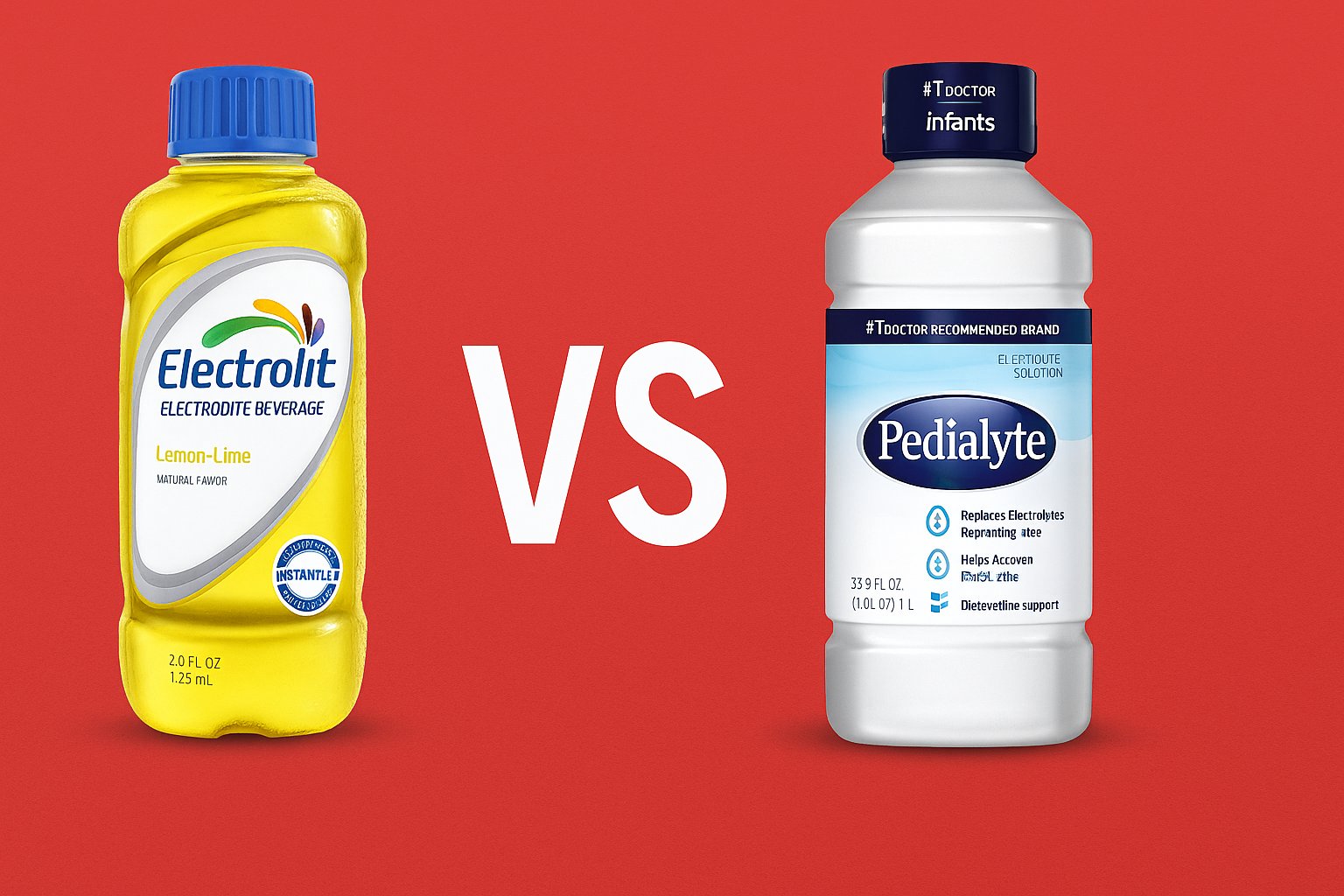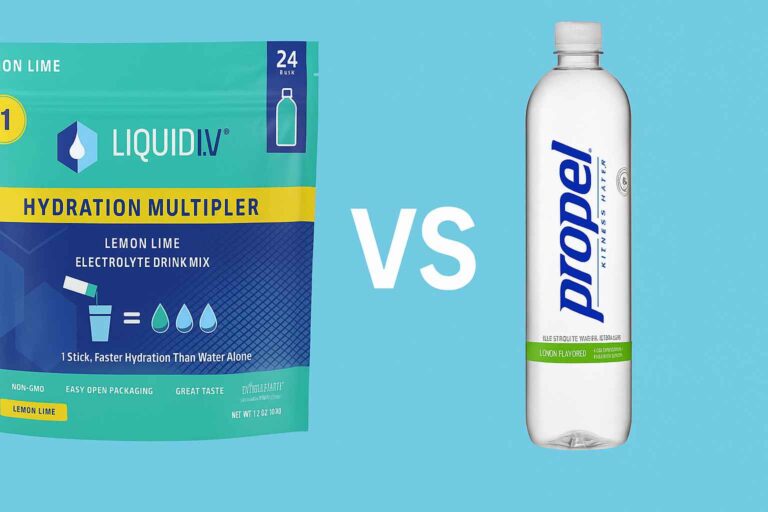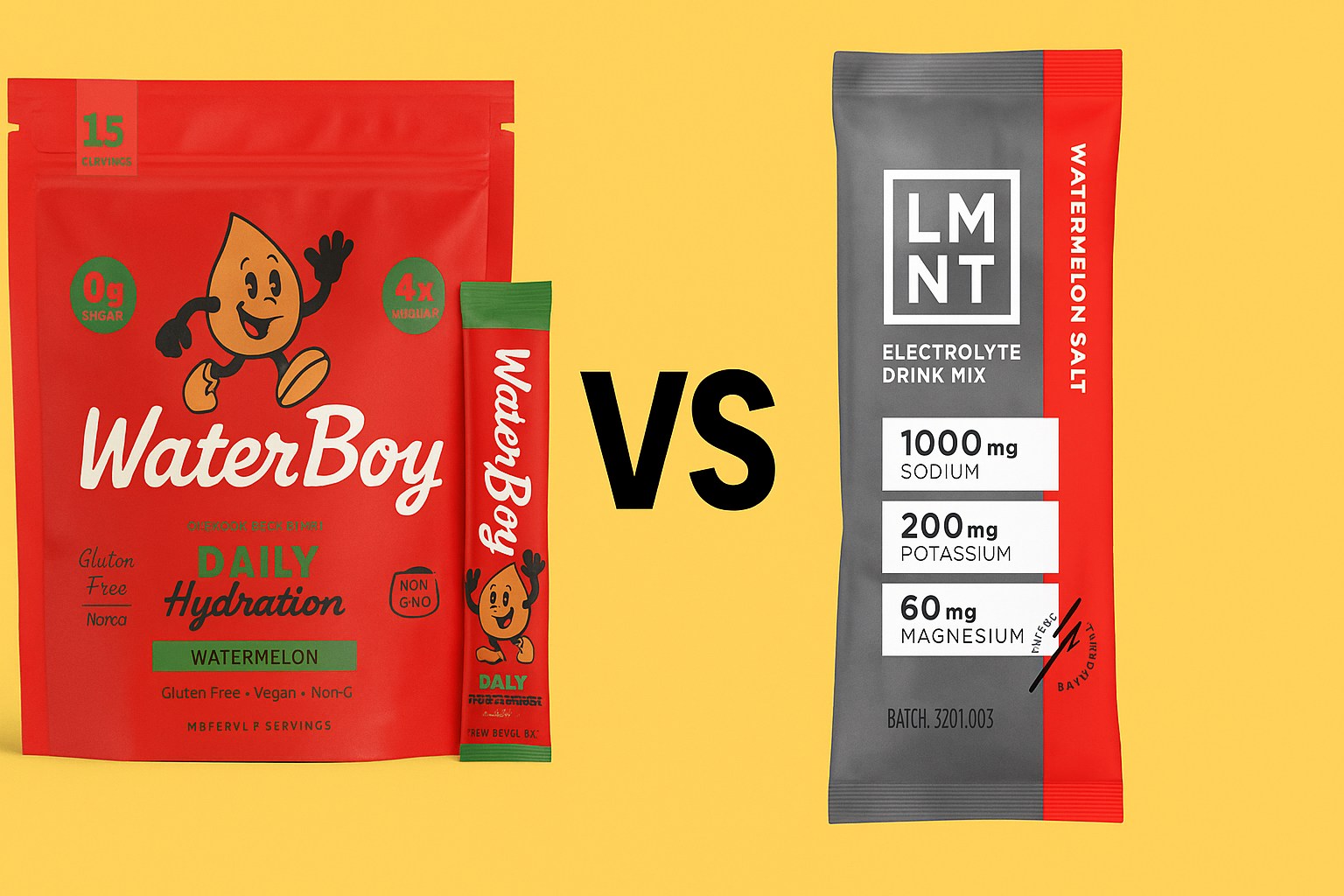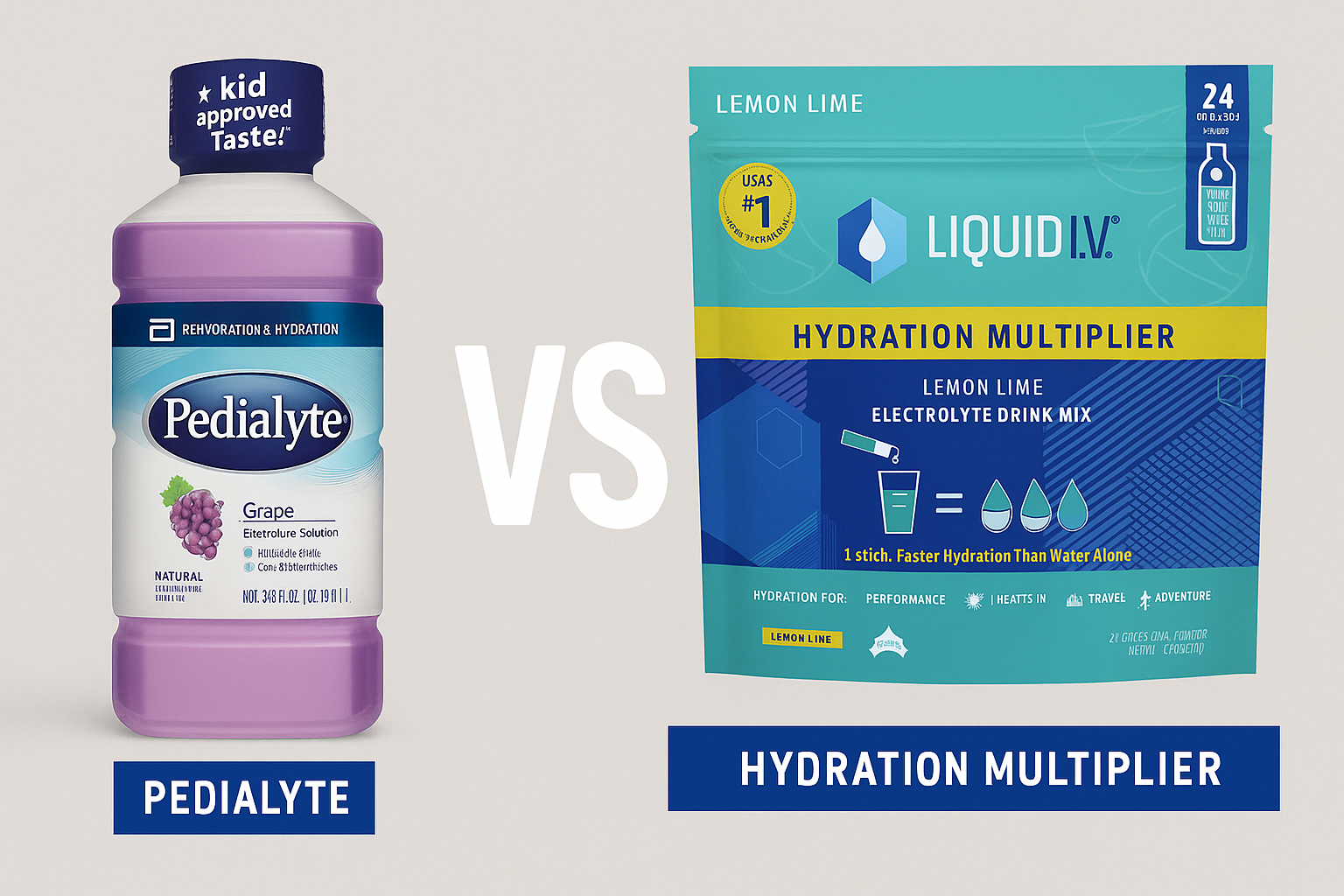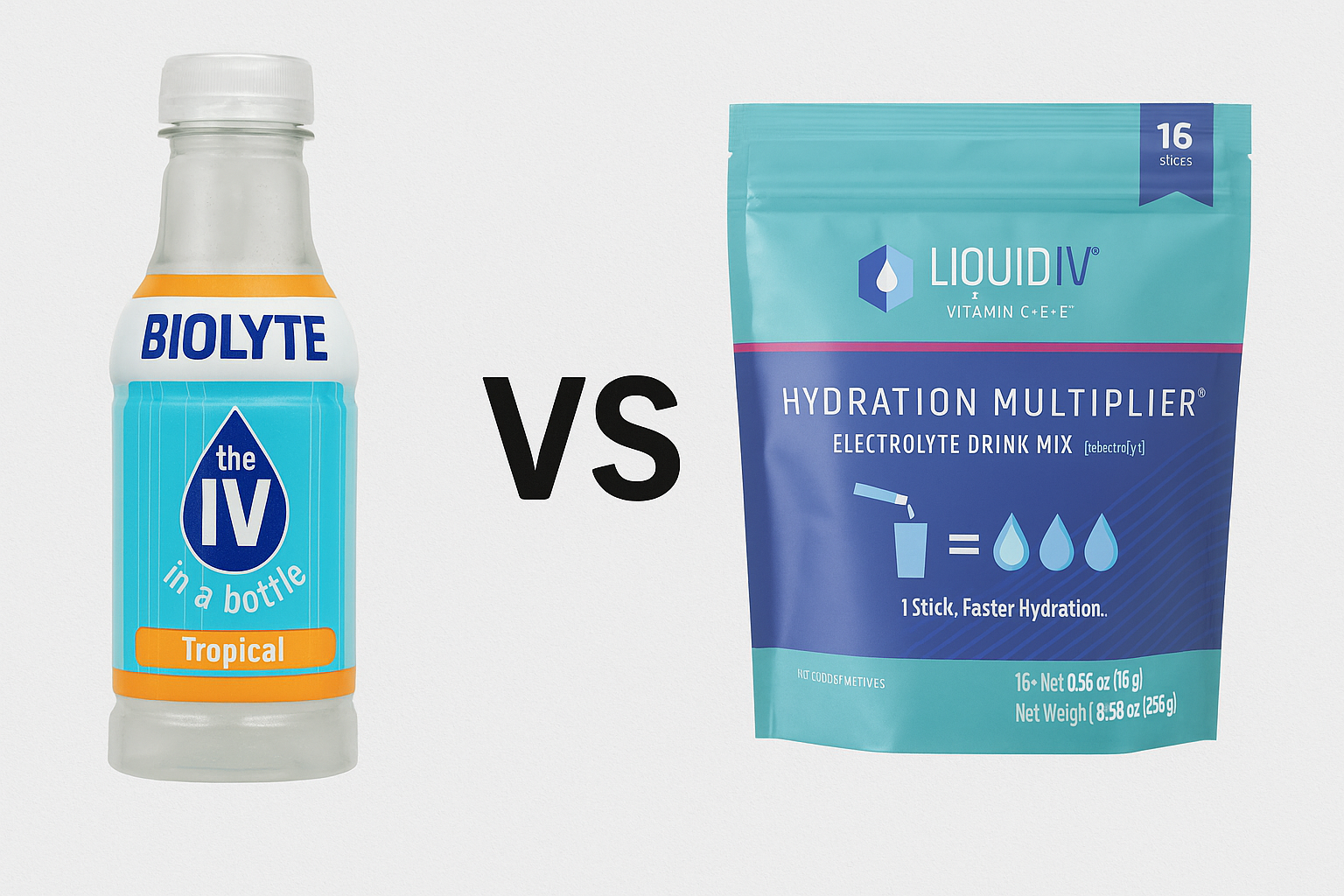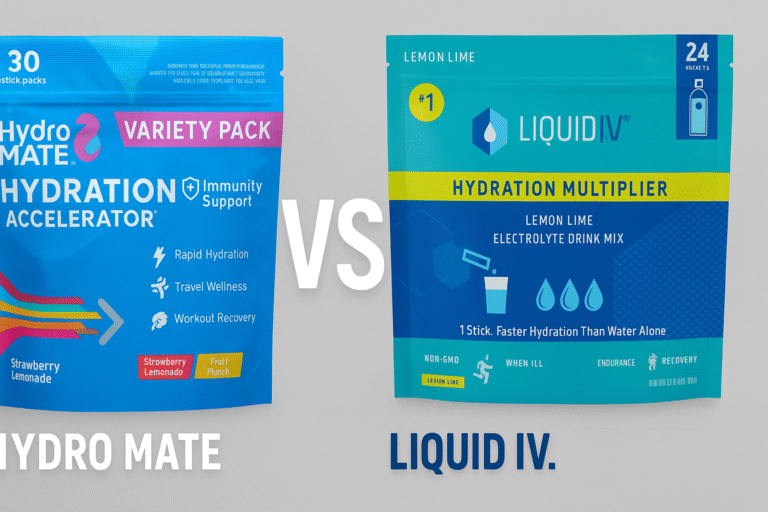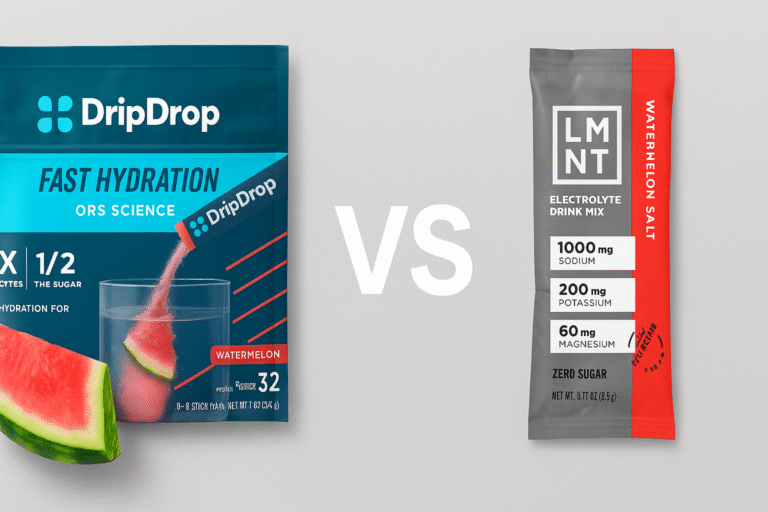Electrolit vs Pedialyte: Which Hydration Drink Is Better?
Staying hydrated is more than just drinking water. When your body loses fluids through sweating, diarrhea, vomiting, or intense workouts, you’re also losing essential electrolytes like sodium, potassium, and magnesium. That’s where electrolyte drinks such as Electrolit and Pedialyte come in.
Both claim to restore hydration quickly, but they’re not exactly the same. In this post, we’ll break down Electrolit vs Pedialyte—covering their ingredients, uses, pros, cons, and which one might be right for you.
What Is Pedialyte?
Pedialyte is one of the most trusted oral rehydration solutions (ORS) on the market. Originally designed for children with dehydration due to diarrhea or vomiting, it’s now widely used by adults, athletes, and anyone needing fast hydration.
Key features:
- Contains sodium, potassium, and chloride to restore electrolyte balance
- Low in sugar compared to sports drinks
- Formulated to match the World Health Organization’s ORS guidelines for fast absorption
- Available in multiple forms: ready-to-drink bottles, powder packs, freezer pops, and Pedialyte Sport
Typical nutrition (per 12 oz / 360 mL, varies by product):
- Calories: ~35
- Carbohydrates: ~9 g (mostly sugar)
- Sodium: ~370 mg
- Potassium: ~280 mg
👉 Pedialyte is backed by decades of clinical use and research, making it a go-to for illness-related dehydration.
What Is Electrolit?
Electrolit is a newer hydration drink brand, often marketed as a sports recovery and electrolyte replacement beverage. Unlike Pedialyte, which leans more on its medical background, Electrolit positions itself as a flavored hydration solution for athletes and active lifestyles.
Key features:
- Contains electrolytes like sodium, potassium, calcium, and magnesium
- Available in a wide range of fruity flavors (e.g., strawberry-kiwi, grape, orange)
- Marketed as having “pharmaceutical-grade ingredients”
- Sold mainly in ready-to-drink bottles
Exact nutrition values vary by flavor, but Electrolit tends to have more sugar and calories than Pedialyte, making it taste sweeter and more like a sports drink.
Side-by-Side Comparison: Electrolit vs Pedialyte
| Feature | Pedialyte | Electrolit |
|---|---|---|
| Purpose | Medical-grade oral rehydration (illness, vomiting, diarrhea, dehydration) | Sports recovery & general hydration |
| Electrolytes | Sodium, potassium, chloride | Sodium, potassium, calcium, magnesium |
| Sugar | Lower sugar (~9 g per 12 oz) | Typically higher sugar (varies by flavor) |
| Calories | Around 35 per 12 oz | Higher (depends on variant, often 70–90+) |
| Taste | Mild, sometimes artificially sweetened | Sweeter, fruitier, more like sports drinks |
| Variants | Classic, Sport, AdvancedCare, freezer pops, powders | Mostly flavored bottled drinks |
| Evidence | Clinically studied, used in hospitals & pediatrics | Limited published research, mostly consumer marketed |
When to Choose Pedialyte
Pedialyte is best if you need serious rehydration, such as:
- After vomiting or diarrhea
- During illness-related dehydration
- For children and adults in recovery
- When you want low sugar, high electrolytes
Because it’s clinically tested, Pedialyte is the safer choice when hydration is critical.
When to Choose Electrolit
Electrolit is a good option if you’re looking for:
- A flavorful hydration drink for workouts or hot weather
- Electrolyte replacement after sweating during sports or exercise
- A sweeter taste that’s easier to drink for some people
If you’re not severely dehydrated but need a refreshing, electrolyte-rich beverage, Electrolit can work well.
Pros and Cons
✅ Pedialyte Pros
- Backed by medical research
- Low in sugar
- Designed for effective rehydration
- Safe for kids and adults
❌ Pedialyte Cons
- Flavor can be bland or too salty
- Some formulas use artificial sweeteners and food dyes
✅ Electrolit Pros
- Fruity, sweet flavors make it easy to drink
- Contains magnesium and calcium in addition to sodium & potassium
- Great for athletes and active people
❌ Electrolit Cons
- Higher sugar and calories than Pedialyte
- Limited clinical research
- Not always as effective for severe dehydration
Final Verdict: Electrolit or Pedialyte?
- If you’re recovering from illness, vomiting, or diarrhea, or if you need a clinically proven hydration solution, Pedialyte is the better choice.
- If you want a sports hydration drink with more flavor and a sweeter taste, Electrolit is a good option.
Ultimately, the right drink depends on why you need rehydration. For medical-level hydration, go with Pedialyte. For post-workout refreshment, Electrolit might be more enjoyable.
💡 Tip: Always read the nutrition label. Look at sodium, potassium, and sugar levels before choosing an electrolyte drink—especially if you have conditions like high blood pressure or diabetes.

